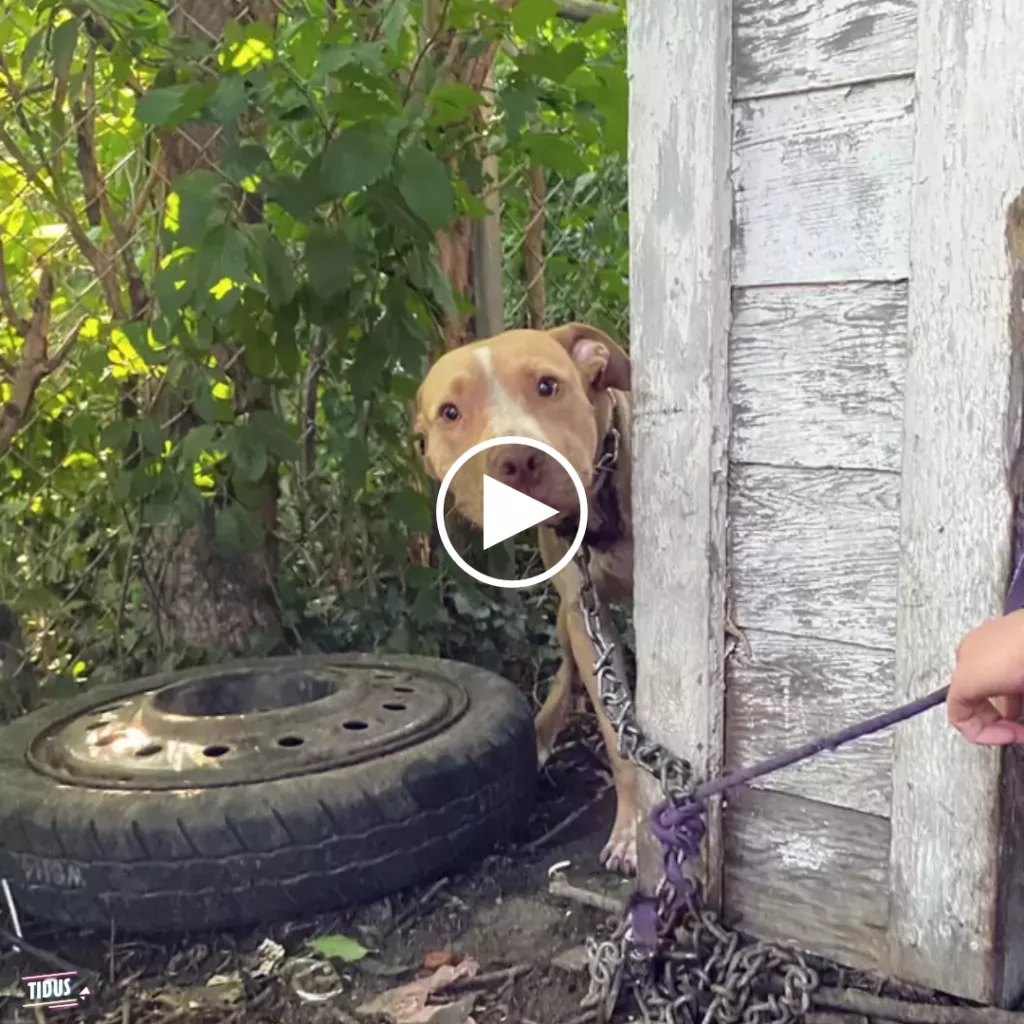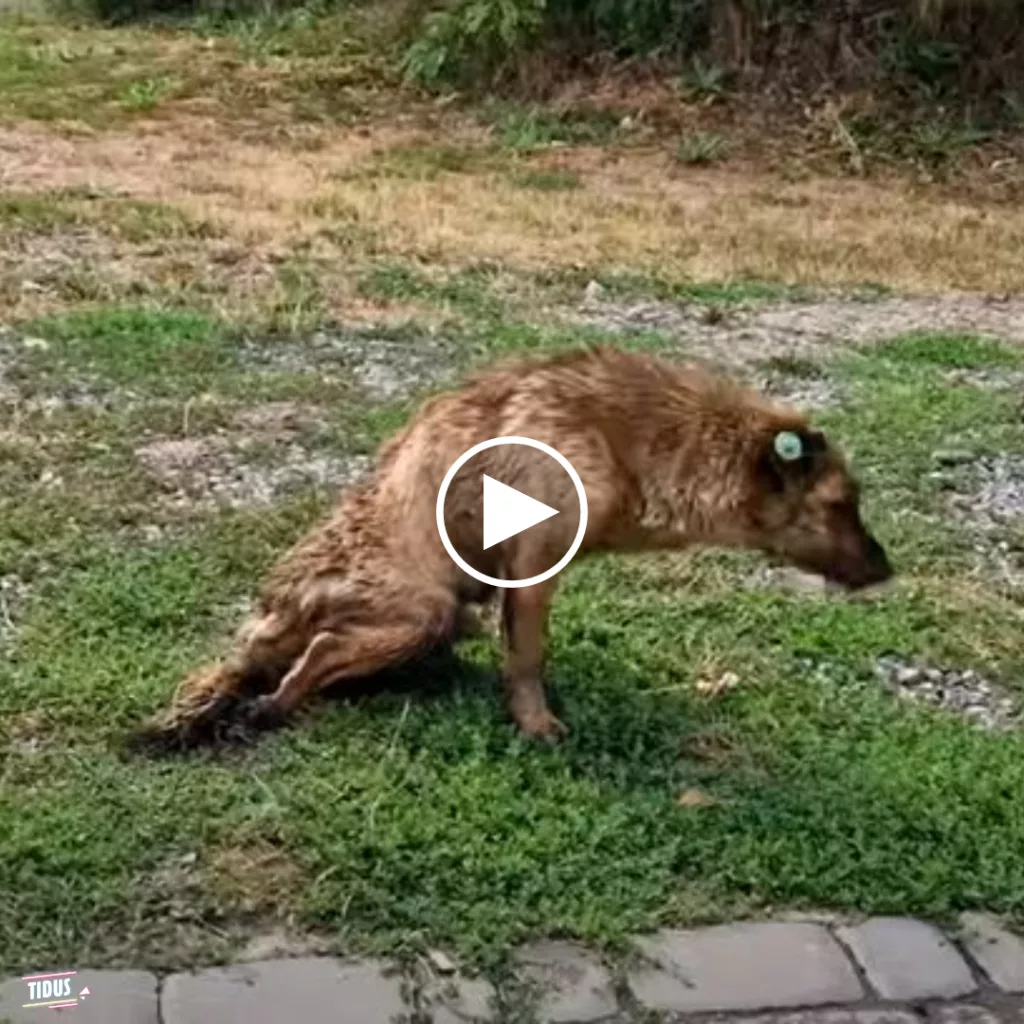Elephants stranded after crossing railway tracks in dense Indian forest

Several elephants got stranded on a railway track in a dense forest in India after crossing it. The incident took place in Assam’s Hojai district, where a herd of around 20 elephants were crossing the track when a goods train approached. The driver of the train spotted the herd and slowed down the train, but it was not enough to prevent one of the elephants from getting hit.
The locals and forest officials rushed to the spot to rescue the stranded elephants. The stranded elephants were seen standing near the track and were refusing to move. The officials had to use firecrackers to scare the elephants and make them move away from the track.

The incident once again highlights the issue of man-animal conflict in India, where elephants are often forced to compete with humans for space and resources. The railway tracks passing through dense forests are becoming a major threat to the wildlife as it can lead to accidental deaths of several animals.
The authorities need to take necessary steps to prevent such incidents in the future and ensure the safety of both humans and animals.
The incident in Assam’s Hojai district is a harsh reminder of the ongoing man-animal conflict in India. As humans continue to encroach on wildlife habitats and compete for space and resources, elephants and other animals are often forced to cross paths with humans in increasingly dangerous ways.

Railway tracks running through dense forests are becoming an especially dangerous point of conflict. Elephants, in particular, are known to cross railway tracks in search of food and water. However, with the increasing number of trains running on these tracks, incidents like the one in Hojai district are becoming more frequent.
The incident has also highlighted the importance of prompt action from authorities in such situations. While it is commendable that locals and forest officials rushed to the spot to rescue the stranded elephants, it is essential that the authorities take necessary steps to prevent such incidents in the future.
One such step could be the implementation of early warning systems that alert train drivers when elephants or other animals are spotted near the tracks. Another step could be the construction of elevated tracks or underpasses that allow animals to pass safely under the railway tracks.
It is essential that we find ways to coexist with wildlife and ensure their safety while also ensuring the safety of humans. The incident in Hojai district should serve as a wake-up call to the authorities to take necessary steps to prevent such incidents in the future.



